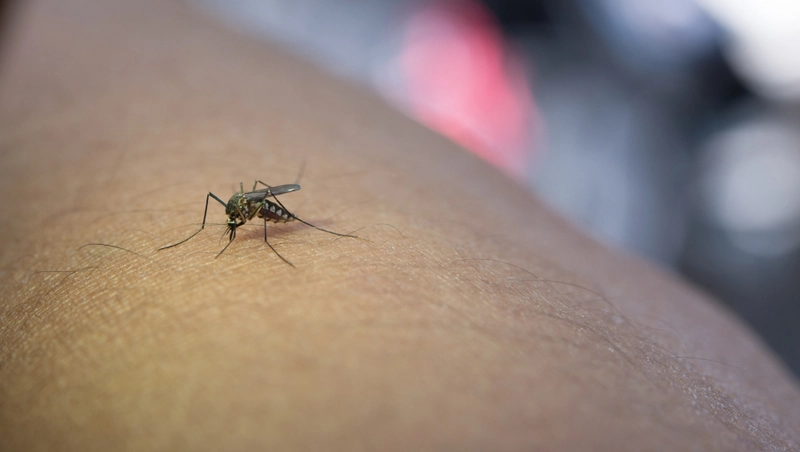- Published on: Mar 29, 2022
- 3 minute read
- By: Second Medic Expert
Dragon Fruit: Nutrition, Benefits, And How To Eat It
Dragon fruit is a tropical fruit that is native to Central and South America. The fruit is brightly colored with red or yellow skin, and it has a white fleshy interior with black seeds. Dragon fruit is a good source of vitamins C and B1, as well as potassium, copper, and phosphorus. There are several health benefits associated with eating dragon fruit. For one, the fruit is known to boost cognitive function and memory. Additionally, dragon fruit can help reduce inflammation throughout the body and promote better gut health by helping to regulate bowel movements. Dragonfruit is also said to be helpful in managing diabetes by controlling blood sugar levels.
Dragon fruit is a tropical fruit that has many health benefits. It is high in antioxidants, vitamin C, and fiber. It also has a lower sugar content than other fruits. Dragon fruit can be eaten fresh or dry. The flesh of the fruit is white with black seeds. The skin of the fruit can be red, pink, or yellow. To eat dragon fruit, cut it in half and scoop out the flesh with a spoon. You can also add dragon fruit to smoothies, yogurt, or juice. Dragon fruit is a good source of nutrition and can help you stay healthy!
The dragon fruit, also known as the pitaya or strawberry pear, is a juicy, sweet fruit that is native to Central and South America. The tree-like plant that produces the dragon fruit can grow up to 20 feet tall and has large, beautiful flowers. The flowers only bloom at night and are pollinated by nocturnal creatures like bats or moths. The most common type of dragon fruit has a red skin with green Scale-like overlays. Dragon fruit can also be pink, yellow, or white on the inside. It looks similar to a kiwi but with softer flesh and tiny black seeds throughout.
Dragon fruit is a powerhouse of nutrition and provides many health benefits. One cup of dragonfruit contains about 140 calories, 6 grams of fiber, 2 grams of protein, and 15 grams of sugar. Dragonfruit is also a good source of vitamins C and B1, as well as phosphorus, calcium, and iron. Dragon fruit is a unique and delicious fruit that can be enjoyed in many ways. It is a good source of nutrients, including fiber, vitamins, and minerals. Dragon fruit has many potential health benefits, including aiding in digestion, reducing inflammation, and boosting immunity. Dragon fruit can be eaten fresh, or it can be used in smoothies, juices, and desserts.
Dragon fruit is packed with nutrients that are essential for good health. Fiber helps to promote digestive health by keeping things moving along the gastrointestinal tract and preventing constipation. Vitamins A and C are antioxidants that help to protect cells from damage and support the immune system. Dragon fruit also contains phosphorus and magnesium, which are important for maintaining bones and teeth.
Dragon fruit is a tropical fruit that is native to Central and South America. The dragon fruit is also known as the pitaya or pitahaya. The dragon fruit is a member of the cactus family (cactaceae). The scientific name for the dragon fruit is Hylocereus undatus.
There are three main types of dragon fruit:
-Hylocereus costaricensis, which is native to Costa Rica and Panama
-Hylocereus megalanthus, which is native to Colombia, Ecuador, Peru, and Venezuela
-Hylocereus polyrhizus, which is native to Mexico
Dragon fruit is an exotic and delicious fruit that offers a variety of health benefits. It is rich in vitamins, minerals, antioxidants, and fiber. Dragon fruit is also a good source of energy and can help boost your immune system. Here are some of the top health benefits of dragon fruit:
1. Dragon fruit is rich in vitamins C and B1.
2. It is a good source of antioxidants.
3. Dragon fruit can help boost your immune system.
4. It helps improve digestion and promotes regularity.
5. Dragon fruit aids in weight loss by helping to burn fat cells
6. Dragon fruit extract has been shown to lower blood sugar levels
Dragon fruit is a popular tropical fruit that is beloved for its nutritional benefits and delicious taste. The flesh of a dragon fruit can vary in color from white to pink to bright red. It is a good source of fiber and vitamins C and B1. Dragon fruit is also low in calories and fat. One cup of sliced dragon fruit has only 60 calories and less than one gram of fat! Dragon fruit has many potential health benefits. Some research suggests that it may help boost immunity, prevent cancer, improve digestion.
The dragon fruit is an incredibly nutritious fruit. It's a good source of fiber, vitamins C and B1, and minerals such as phosphorus and iron. Dragon fruit also contains antioxidants which can help protect the body against inflammation and damage caused by free radicals. The Health benefits of dragon fruit include supporting digestive health, boosting immunity, aiding in weight loss, reducing stress levels, and improving heart health. Dragonfruit is also known to have anti-cancer properties. The fruit is oval or pear-shaped and has bright red or yellow skin. Inside, the flesh is white or pink and studded with small, black seeds. Dragon fruit tastes sweet and slightly tangy. It can be eaten on its own or used in smoothies, juices, yogurt bowls, and desserts.
Dragon fruit also contains antioxidants and fiber. These nutrients work together to boost immunity, support digestive health, promote heart health, and aid in weight reduction.
Our Services
Request A Callback
Recent Posts
Mosquito-Borne Diseases to Watch Out for in 2025
Jul 16,2025
Lipid Profile Test – Normal Range and Risks
Jul 12,2025
How to Prevent Food Poisoning in Monsoon
Jul 10,2025










